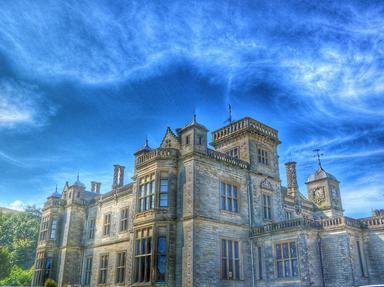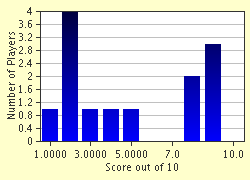Quiz Answer Key and Fun Facts
1. What type of aircraft provided the offensive element of the 'Black Buck' operations?
2. What type of aircraft was NOT involved in support of the 'Black Buck' operations?
3. What was the target of the first 'Black Buck' operation of 1st May, 1982?
4. How many 'Black Buck' missions were carried out in total?
5. Which island in the Atlantic Ocean was used as a base for the 'Black Buck' operations?
6. For each 'Black Buck' mission, two bombers were employed.
7. The bombers on the 'Black Buck' operations were fitted with 'Dash 10' pods specially for the missions. What were these?
8. What dangerous problem affected the in-flight re-fuelling operation on the first 'Black Buck' operation?
9. What was the home base for the bombers involved in the 'Black Buck' operations?
10. Following problems on one of the later 'Black Buck' missions, an RAF bomber had to make an emergency landing at which mainland South American city?
Source: Author
Plumbus
This quiz was reviewed by FunTrivia editor
bloomsby before going online.
Any errors found in FunTrivia content are routinely corrected through our feedback system.

